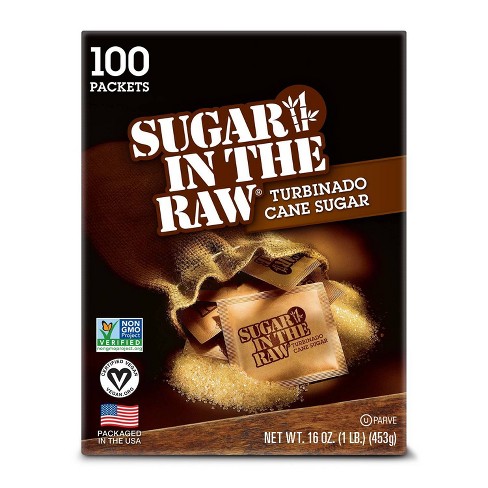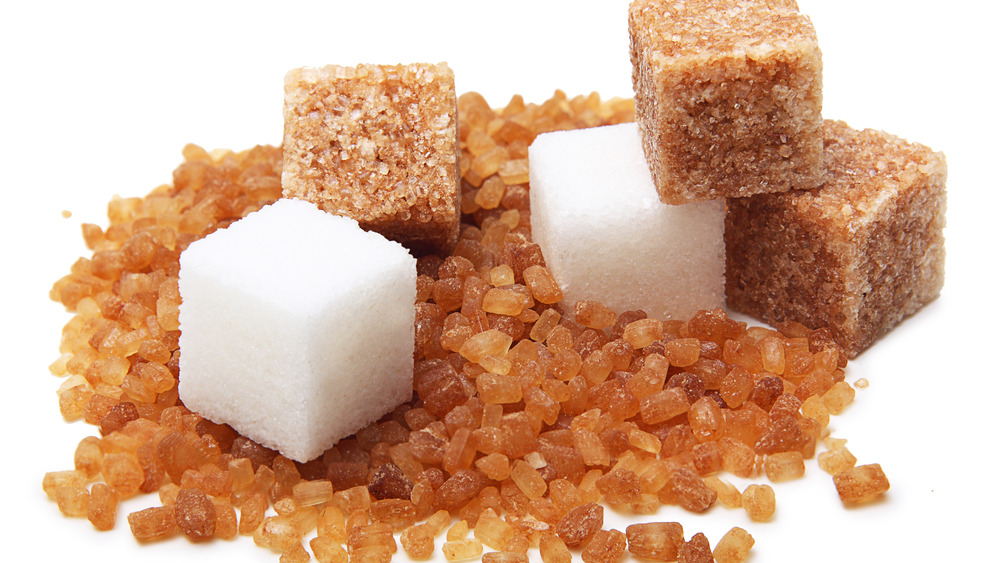A Comprehensive Overview to the Environmental Impact and Sustainability Practices in Walking Cane Sugar Handling
The environmental effect of cane sugar handling provides a complex range of challenges that warrant mindful assessment. From dirt destruction and excessive water use to the carbon impact connected with growing and production, the effects of standard practices are far-reaching. In contrast, the fostering of innovative sustainability steps supplies a path towards more responsible manufacturing techniques. Recognizing the interaction in between these problems is essential for stakeholders in the market. What particular practices can be implemented to strike an equilibrium in between performance and environmental stewardship? The responses lie in a closer consider both the challenges and possible solutions.
Introduction of Cane Sugar Processing
Cane sugar processing includes a collection of systematic steps that transform sugarcane right into refined sugar. Initially, harvested sugarcane is delivered to refining centers, where it undergoes cleaning to eliminate dirt and debris. Following this, the cane is crushed to remove juice, which is after that made clear by removing impurities through home heating and the enhancement of lime.
The clarified juice undergoes evaporation, where water is gotten rid of to focus the sugar web content. These crystals are separated from the remaining syrup making use of centrifugation, resulting in raw sugar.
The end product is then dried and packaged for circulation. Throughout this whole process, preserving effectiveness and quality assurance is important to make sure the sugar satisfies sector standards. Each step in walking stick sugar handling not just adds to the last item but likewise has implications for source usage and waste generation, establishing the stage for discussions on sustainability and ecological influences connected with sugar manufacturing.
Environmental Challenges of Production
The production of walking stick sugar offers a number of substantial environmental challenges that warrant focus. One main issue is the extensive use of agrochemicals, consisting of chemicals and fertilizers, which can cause soil deterioration, biodiversity loss, and contamination of neighborhood water sources. The runoff from sugarcane fields typically carries these chemicals right into neighboring environments, interfering with aquatic life and influencing the health of neighborhoods reliant on these water bodies.
Another obstacle is the high energy intake linked with sugarcane handling. The boiling and refining stages call for substantial heat, primarily created by shedding fossil fuels, adding to greenhouse gas discharges. In addition, the large acreage required for sugarcane growing can lead to logging and habitat devastation, further exacerbating climate change and harmful wild animals.
Additionally, the labor techniques in some areas increase ethical issues, as employees may encounter poor working problems and poor salaries. This scenario frequently continues a cycle of destitution in local neighborhoods. Cane Sugar Processing. Resolving these ecological obstacles is essential for establishing much more lasting practices in walking cane sugar production, inevitably benefiting both the atmosphere and the areas entailed in this sector
Water and Land Usage Impact
Water sources and land usage are important elements in the cane sugar market that significantly affect the atmosphere. The growing of sugarcane calls for substantial water input, with quotes suggesting that get redirected here it can consume up to 2,000 litres of water per kilo of sugar produced. This extensive use water usually causes exhaustion of neighborhood water resources, impacting not only the sugarcane vineyards yet also bordering ecosystems and neighborhoods that depend on the very same water resources for agriculture and residential use.

In addition, land usage for sugarcane cultivation can cause deforestation and the conversion of natural environments right into monoculture ranches. This technique reduces biodiversity, disrupts local ecological communities, and contributes to soil destruction. The development of sugarcane areas commonly trespasses on beneficial agricultural land, developing competition for sources in between food and biofuel manufacturing.
Sustainable practices, such as enhancing irrigation techniques and executing crop turning, are vital to reduce these impacts. By adopting much more efficient water use and land monitoring techniques, the walking cane sugar market can decrease its eco-friendly impact, making certain an equilibrium between agricultural efficiency and ecological preservation.
Greenhouse Gas Emissions
Greenhouse gas emissions stand for a considerable ecological problem within the walking cane sugar handling market, particularly as agricultural techniques increase to fulfill international need. The farming of sugarcane, a crop that flourishes in exotic environments, relies greatly on synthetic fertilizers and chemicals, which contribute to nitrous oxide exhausts. Furthermore, land-use changes, including deforestation for brand-new sugarcane ranches, release co2 kept in greenery and dirt.
Throughout handling, energy intake is another major resource of greenhouse gas discharges - Cane Sugar Processing. Many sugar mills make use of nonrenewable fuel sources to power equipment and generate heat, leading to considerable carbon impacts. Furthermore, the transport of raw sugarcane and ended up products adds layers of discharges with fuel combustion in automobiles
This involves examining present agricultural practices, processing approaches, and transport systems to recognize locations for improvement and mitigation. Attending to greenhouse gas exhausts is important for cultivating a more lasting walking stick sugar sector in a changing climate.

Lasting Practices and Innovations
Lasting methods and innovations are progressively crucial in the walking stick sugar handling industry as stakeholders seek to minimize ecological effects while keeping efficiency. One considerable innovation is the execution of incorporated crop administration, which maximizes source use by incorporating dirt management, parasite control, and crop turning strategies. This approach improves return while reducing chemical inputs and maintaining soil wellness.
Furthermore, the fostering of renewable resource resources, such as biomass from sugarcane residues, has actually acquired grip - Cane Sugar Processing. By transforming waste items right into energy, refining centers can decrease their dependence on nonrenewable fuel sources, therefore lowering greenhouse gas emissions
Water administration practices have likewise seen improvements via the recycling and reusing of water in handling plants, go to this website considerably reducing freshwater usage. Advancements in innovation, such as accuracy agriculture, make it possible for farmers to keep track of plant wellness and source usage a lot more efficiently, ensuring lasting farming methods.
Furthermore, qualification programs like Fair Trade and Jungle Partnership motivate environmentally accountable farming practices and advertise social equity within the supply chain. By embracing these lasting techniques and technologies, Get the facts the walking stick sugar processing sector can improve its strength and add favorably to ecological stewardship.
Verdict
The environmental effect of walking cane sugar processing presents significant obstacles, consisting of soil deterioration, high water consumption, and greenhouse gas emissions, alongside honest issues associated with labor methods. Dealing with these concerns through lasting methods, such as incorporated crop monitoring, renewable energy fostering, and water recycling, is crucial. By advertising eco responsible and socially fair methods in sugar production, the sector can minimize its unfavorable results, making sure an extra sustainable future for both neighborhoods and ecosystems involved in this sector.
Walking cane sugar handling includes a series of systematic steps that change sugarcane right into polished sugar. Each action in walking stick sugar handling not just adds to the last item however additionally has effects for source use and waste generation, setting the stage for discussions on sustainability and environmental influences associated with sugar production.
Greenhouse gas discharges represent a significant environmental problem within the cane sugar handling sector, specifically as agricultural methods broaden to fulfill international need.Sustainable methods and innovations are increasingly crucial in the cane sugar processing sector as stakeholders look for to minimize environmental effects while preserving efficiency.The ecological effect of cane sugar processing provides substantial challenges, including dirt degradation, high water intake, and greenhouse gas emissions, together with ethical problems associated to labor practices.